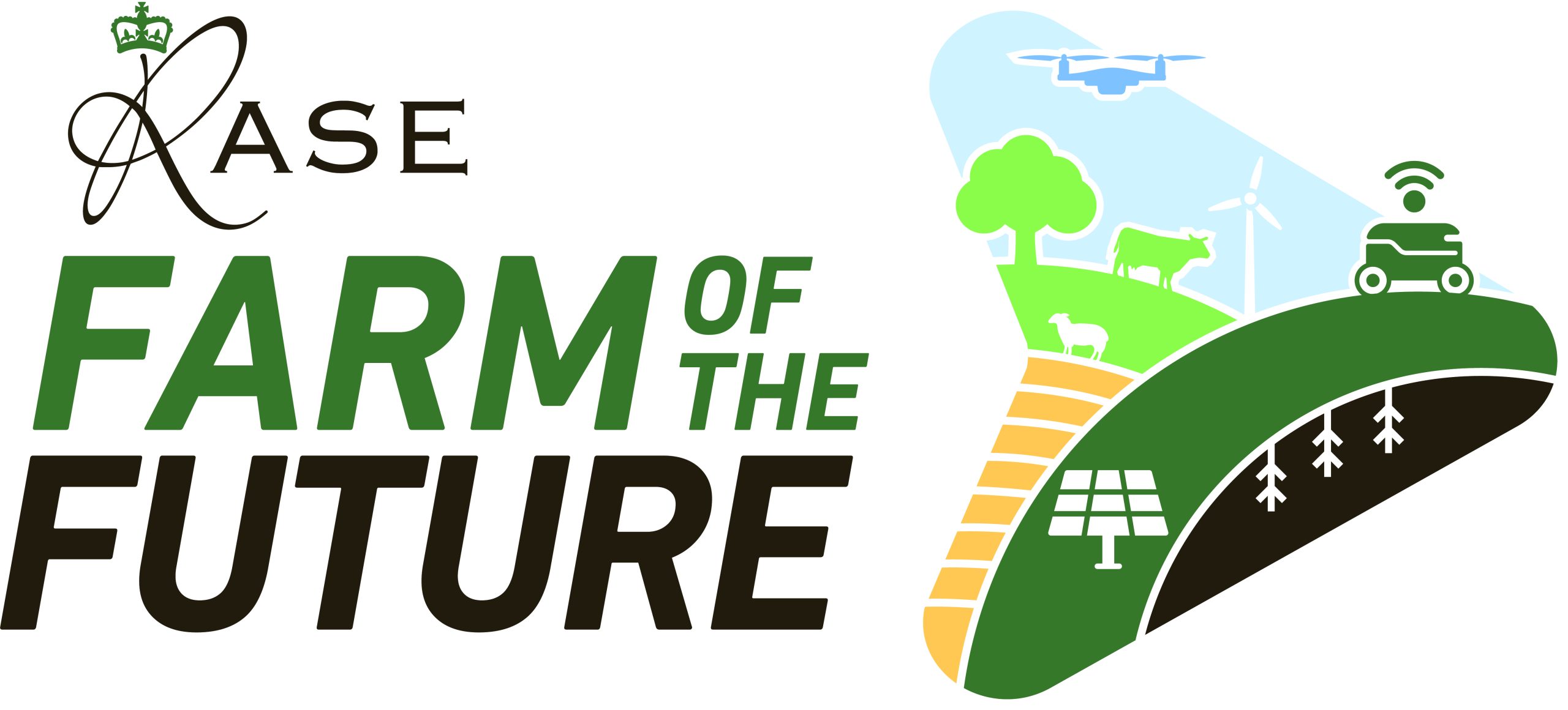The challenge facing farmers across the UK as they grapple with the transition to new support mechanisms, and at the same time deal with a changing marketplace and the obligation to decarbonise their on-farm production, is considerable.
To help illustrate the effort required to decarbonise different sectors of UK agriculture, as well as the opportunities, RASE has asked a number of farm enterprise specialists to assess how farmers are embracing change, identify the impact upon agri-food supply chains and suggest how changes to traditional farming activities can enhance carbon-saving potential.
A range of ‘enterprise journeys’ are summarised in this sector. For more in depth reading, full enterprise journey reports are available in the online RASE members resources covering the following sectors:
- Milk and dairy
- Cereals
- Vegetables and fruit
- Intensive meat production
There are elements of decarbonisation that impact all elements of British farming, such as soil health, on-farm energy supply and future fuels which are addressed in the earlier sections, but there are also issues to be addressed and technology opportunities that relate to specific farm enterprises and husbandry systems.
For example, the dairy sector recognises that methane and ammonia emissions are prime concerns amongst consumers, retailers and other stakeholders. Alongside changing diets, other issues include greenhouse gas potency and wider environmental impacts of intensive milk production.
Measures to curb ruminant methane and reduce emissions from inputs (e.g. fertiliser production) require the sector to improve management systems by adopting novel solutions such as modified diets and changes to grassland management, while reducing reliance on fossil fuels.
Based on the Global Methane Pledge confirmed at Glasgow COP26, dairy farms should consider investing in systems for on-farm methane capture (including on-site biogas plants). The dairy sector needs supply chain support to demonstrate greater ambition to curb fossil fuel use, cut energy costs and deploy bioenergy solutions both on dairy farms and at milk processing sites.
Reducing emissions requires policy leadership but also better supply chain communication. Emissions reduction is an integral part of the transition from CAP to ELM (in England and similar systems in the devolved nations) to ensure a positive response and minimal disruption to farm viability, where pressure to maintain yield improvement remains a priority.
The arable sector also needs to demonstrate an immediate ambition to curb input related emissions and fossil fuel use. Arable sector carbon reduction pledges must embrace innovation and collective action to reflect the needs of processors and their markets.
While regenerative farming systems can have positive impacts on arable farm sustainability, they are not a catchall solution. Farmers and contractors must be encouraged to replace fossil fuel-powered vehicles and machinery – also, fossil fuel-based crop protection with novel pest and disease control systems. The scope for inter-farm collaboration should not be under-estimated.
A combined effort by growers and processors is also required if the UK horticulture sector is to reduce use of fossil fuels, cut emissions and energy costs and continue to invest in bioenergy. There are market opportunities for those businesses willing to take early action to curb emissions, with a dramatic shift in favour of plant-based diets and consumption of pulses and plant proteins.
The horticulture sector accounts for 25% of overall emissions from UK agriculture and needs to adapt available technology and process innovation to meet changing demand while minimising supply its emissions. In addition to cutting fossil energy use, particularly in protected environment systems, the sector needs help to improve soil health within field systems.
Farmers and growers, as well as their suppliers and customers need access to a standardised system to assess the carbon footprint of the supply chain and require support to reduce emissions.
As intensive livestock operations often lack the land base to spread slurries and manures, more consideration should be given to covered storage of, and created value from, livestock residues to minimise environmental impacts.
At the same time, efforts to reduce meat consumption (and from some quarters) eliminate animal protein from the national diet will harm national food security and individual farm viability. Hence, the entire livestock sector needs to find ways to encourage producers to curb their emissions.
Collaboration is needed across the ruminant and monogastric sectors to address consumer concerns over production related greenhouse gas emissions. Carbon net zero pledges require innovation and change at individual farm level. However, no single agricultural sector should be made responsible for targets that must be set on the basis of collective as well as on-farm actions.
This section also looks briefly at the specific needs of pasture fed beef and sheep, hill farming, potatoes and flowers as well as new crop enterprises being promoted by changes to diets.
In addition to farm enterprise-specific issues relating to reducing fossil fuel use, challenges include the replacement of fossil fuels in the product processing and distribution chain, including processing and value addition which are undertaken on-farm or in the local area.
